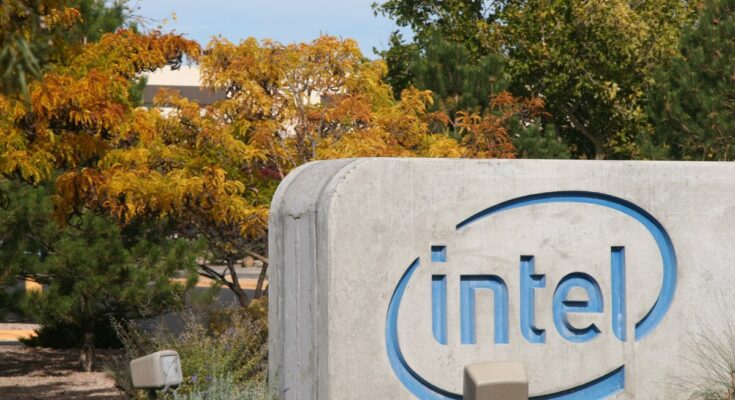Intel just announced a historic layoff of 15,000 employees, downsizing its workforce by over 15 percent. This measure comes as part of the $10 billion cost-saving plan CEO Pat Gelsinger is implementing for 2025.
The plan behind Intel’s employee layoffs is not exclusive to this year. The chip maker plans to reduce its expenditure in areas such as marketing by billions every year.
By 2026, the company expects to reduce its expenditures by 20 percent by restructuring to halt non-essential work.
A key part of the plan mandates that company leadership review all active projects currently being developed at Intel to ensure that there is no overspending.
Pat Gelsinger on Intel’s layoffs: “This is painful news”
Intel’s CEO Pat Gelsinger sent a memo to the company’s workforce saying:
“This is painful news for me to share. I know it will be even more difficult for you to read. This is an incredibly hard day for Intel as we are making some of the most consequential changes in our company’s history.”
In the memo, Gelsinger explained, “Simply put, we must align our cost structure with our new operating model and fundamentally change the way we operate.”
The memo also alluded to Intel’s lack of growth as a company. Gelsinger stated, “Our Q2 financial performance was disappointing, even as we hit key product and process technology milestones.”
Intel reported a loss of $1.6 billion for Q2 2024, which is a dramatic increase from the $437 million the company had lost in Q1.
Gelsinger carried on highlighting the company’s poor performance in the memo saying, “Our revenues have not grown as expected—and we’ve yet to fully benefit from powerful trends, like AI,” he writes in his employee memo.
The company has experienced dramatic losses in its chipmaking foundry due to heavy investment in new factories and innovative chip technologies such as extreme ultraviolet lithography.
Intel’s products are profitable, but its chip technology is not to standard
Despite poor performance with its chip business, Intel’s PC and server businesses remain profitable. The company is also due to receive $8.5 billion in funds from the US government under the CHIPS Act.
This federal law enacted in 2022 aims to boost national semiconductor manufacturing and research in the US. The main purpose of this act is to reduce the United State’s reliance on foreign chip production, enhancing national security and simultaneously boosting the US economy.
However, many industry analysts wonder if further funding might bring Intel “back from the dead” in the chip wars.
Experts point out that Intel chips and its AI integration have been disappointing to say the least. Intel has not been able to compete with major manufacturers like Nvidia. In fact, they had not been able to compete with smaller chip manufacturers such as AMD either.
In the latest blow for Intel, Microsoft recently decided to stop using Intel chips for its latest laptops and instead chose to go with Qualcomm’s ARM chips.



